Nepal earthquake: Haiti, Japan, Indonesia and the deadliest earthquakes of the decade

A desperate rescue mission is underway in Nepal after the worst earthquake for more than 80 years struck the country on 25 April, killing more than 3,700 people and leaving over 5,000 injured.
Officials say the total death toll of the 7.8 magnitude earthquake will continue to rise as aid workers, the Nepalese army and humanitarian aid workers reach remote mountainous areas of western Nepal.
The epicentre of the earthquake was located in the Gorkha region of Nepal, in between the capital Kathmandu and the city of Pokhara. Dozens of aftershocks have shaken the country since, including one with a magnitude of 6.7.
Avalanches on Mount Everest triggered by the earthquake have killed at least 17 people and injured 61 others, while dozens more have been killed in neighbouring Tibet and India.
Deadly earthquakes have struck some of the world's most impoverished regions in the last ten years, killing hundreds of thousands and leaving behind devastation. Saturday's earthquake in Nepal was the worst to hit the nation in over 80 years, since the 1934 quake which razed a quarter of the capital to the ground, killing 17,000 people.
China, 3 August 2014
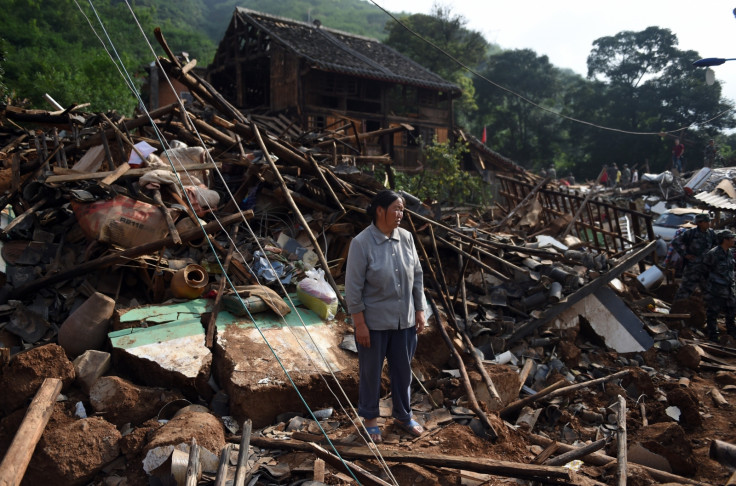
An earthquake measuring magnitude 6.1 struck Ludian County in Yunnan, China, killing at least 617 people and injuring around 2,400 others. Over 12,000 houses collapsed and 30,000 were damaged. The quake caused significant damage in the vicinity of the epicentre, principally in the city of Zhaotong, where nearly 400 were killed.
Pakistan, 24 September 2013
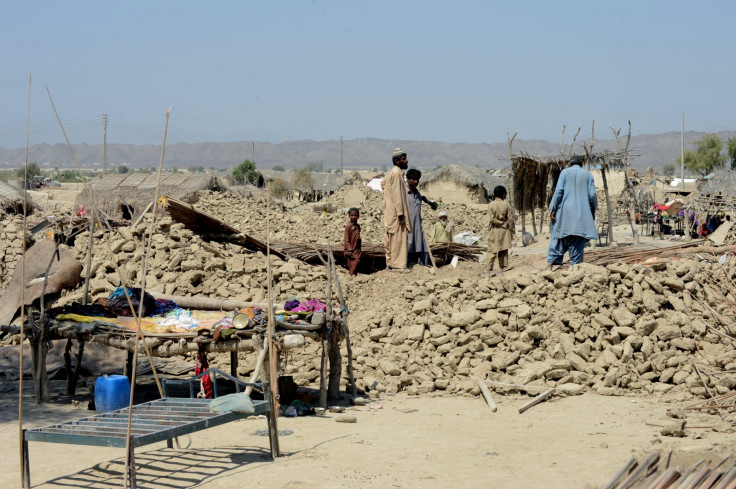
At least 825 people were killed and hundreds more injured when an earthquake measuring 7.7 magnitude hit the south-west Pakistan, north of the Awaran district in Balochistan. The majority of buildings, constructed from mud bricks, collapsed in the region and officials from the Balochistan government estimated that at least 21,000 houses had been destroyed by the earthquake.
The remote location of some towns and villages affected prevented assistance from rescue services 48 hours after the intial quake. Four days later, another earthquake measuring 6.8 magnitude hit Pakistan, killing around 22 people.
Japan, 11 March 2011

The most powerful earthquake to hit Japan struck the Pacific coast of Tohoku in 2011, triggering huge tsunami waves reaching heights of up to 40m. Over 15,000 people were killed and more than 6,000 injured by the 9.0-magnitude earthquake and the tsunami. More than four years on, 2,500 people are still missing.
As well as flattening buildings and destroying infrastructure, the tsunami caused level seven meltdowns at three reactors in the Fukushima Daiichi Nuclear Power Plant complex – the largest nuclear incident since the 1986 Chernobyl disaster.
Chile, 27 February 2010
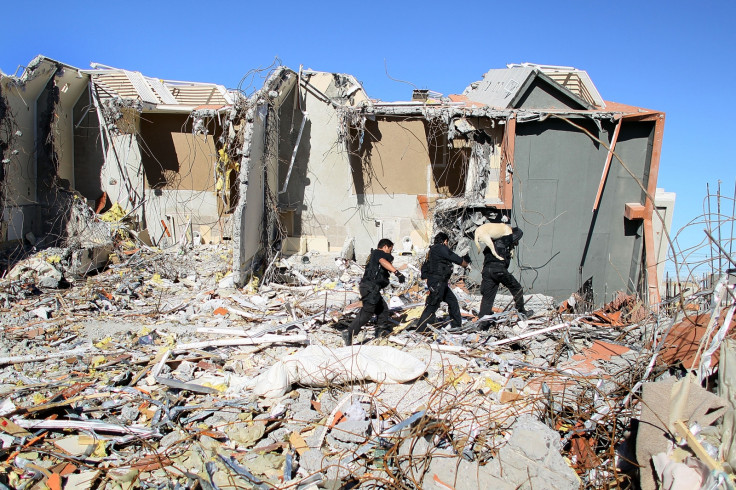
An earthquake of magnitude 8.8 struck the coast of central Chile in February 2010, killing 525 people and causing intense shaking lasting around three minutes. The quake was felt in six regions – from Valparaíso in the north to Araucanía in the south – and caused a tsunami which devastated several coastal towns in Chile, triggering tsunami warnings in 53 countries and causing minor damage in the San Diego region of California.
Over 90% of the Chilean population experienced a blackout.
Haiti, 12 January 2010
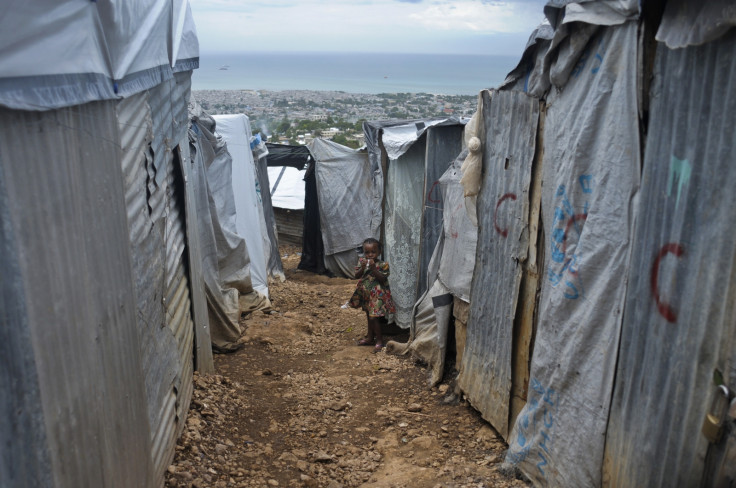
A catastrophic 7.0 magnitude earthquake struck near the town of Léogâne, Haiti in 2010, killing up to 220,000, injuring 300,000 and displacing 1.5 million. By 24 January, at least 52 aftershocks had been recorded measuring 4.5 magnitude or greater.
The high level of poverty in Haiti contributed greatly to the high death toll. The majority of the capital Port-au-Prince was destroyed by the earthquake and the sea port was so badly damaged it was unable to accept aid shipments for a week.
Indonesia, 30 September 2009

The Sumatra earthquake of 2009, measuring magnitude 7.9, killed around 1,115 and injured over 2,800. It stuck off the coast of Sumatra around 45km (27 miles) north-west of Padang, severely damaging over 135,000 houses, and affecting 1,250,000 people. A second earthquake measuring 6.6 struck the province of Jambi in central Sumatra on 1 October 2009.
China, 12 May 2008
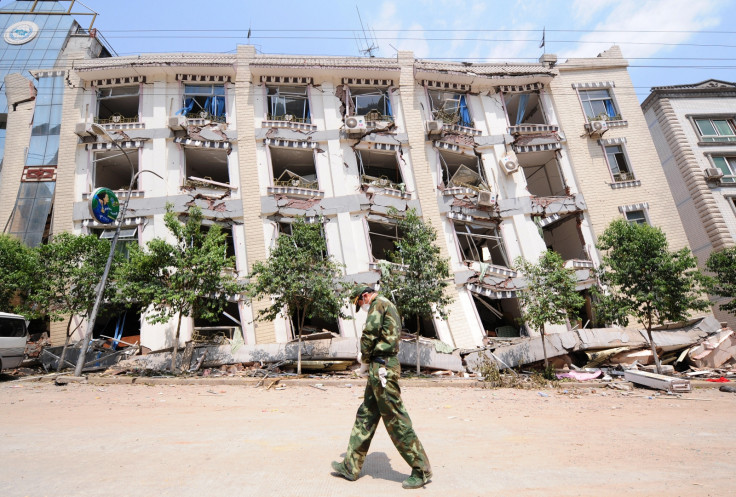
The Great Sichuan Earthquake measured magnitude 8.0 and although its epicentre was located in the Sichuan province, it was felt as far away as both Beijing and Shanghai. Over 69,000 people were killed and over 18,000 were left missing after the quake, with 4.8 million people left homeless. It was the deadliest earthquake to hit China since the 1976 Tangshan earthquake, which killed at least 240,000 and ravaged the country.
Peru, 15 August 2007
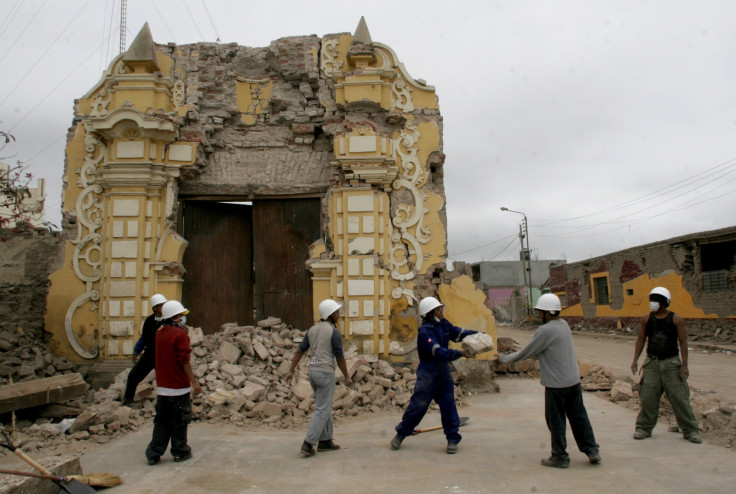
An earthquake measuring 8.0 hit the central coast of Peru around 150km (93 miles) south of Lima, killing 519 people. The cities of Pisco, Ica, Chincha Alta and San Vicente de Cañete were most affected, with many families who lost their homes in Pisco still living in temporary housing or tents in the years following the earthquake.
Indonesia, 26 May 2006
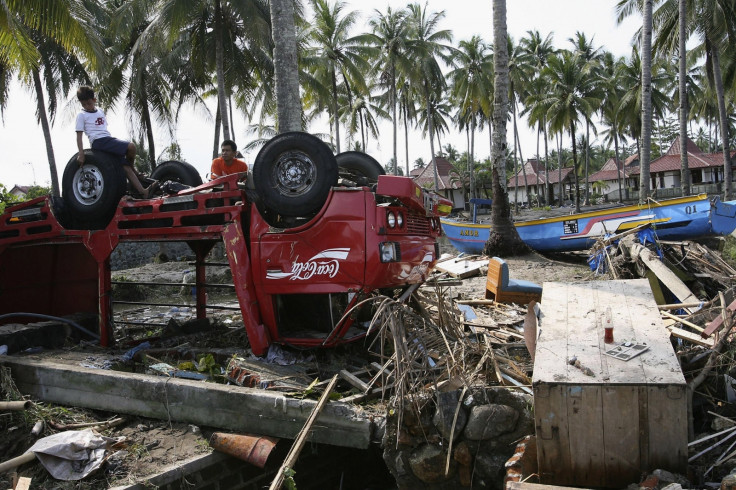
The islands of Indonesia lie in one of the world's most seismically active regions. In 2006, an earthquake struck the southern coastline of the island of Java, just south of Mount Merapi, a stratovolcano that was in mid-eruption at the time. The 6.3 magnitude earthquake caused more than 5,700 deaths and 37,000 injuries. Almost 600,000 homes were destroyed and nearly 1.2 million people were left homeless.
Pakistan, 8 October 2005
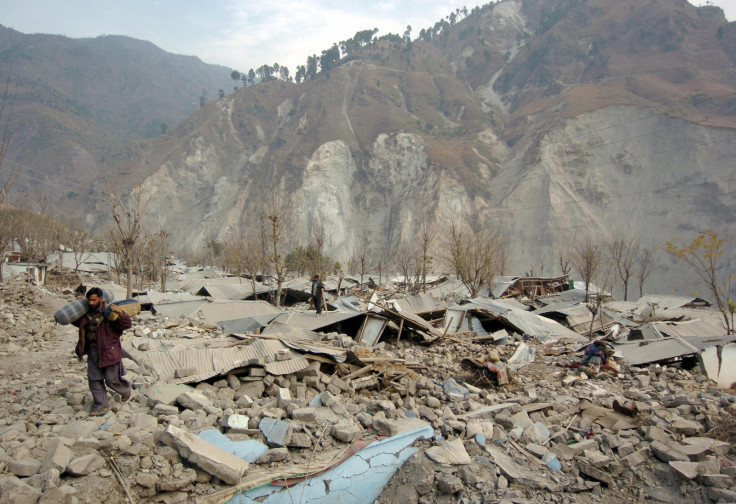
A magnitude 7.6 earthquake struck the Kashmir region in 2005, killing 80,000 and leaving an estimated four million homeless. The epicentre was located around 19km (12 miles) north-east of Muzaffarabad, the capital of Pakistan-administered Kashmir, and was the worst ever to hit the region. In some areas, entire sections of towns slid off cliffs and the Muzaffarabad region suffered severe devastation.
Indonesia, 28 March 2005
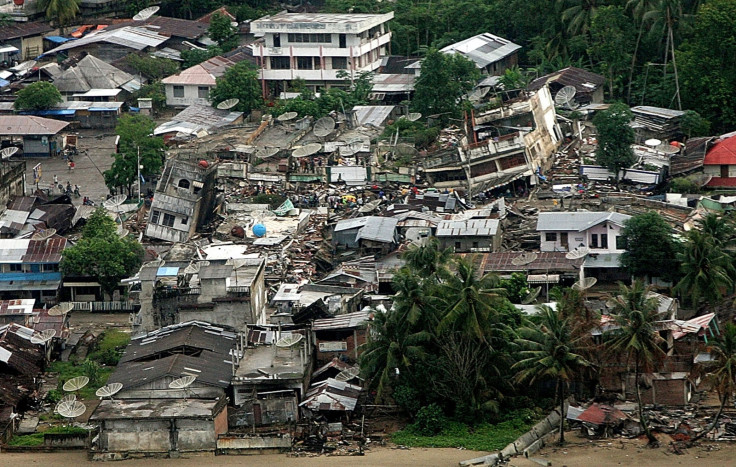
The 2005 Sumatra Earthquake, or the Nias Earthquake, measured around 8.6 magnitude and killed approximately 1,300 people – the majority on the island of Nias. The quake caused panic in the region, which had already been devastated by the massive tsunami triggered by the 2004 Indian Ocean earthquake one year earlier. The effects of the 2005 earthquake were felt as far away as Bangkok, Thailand, over 1,000 km (600 miles) away.
© Copyright IBTimes 2025. All rights reserved.




















